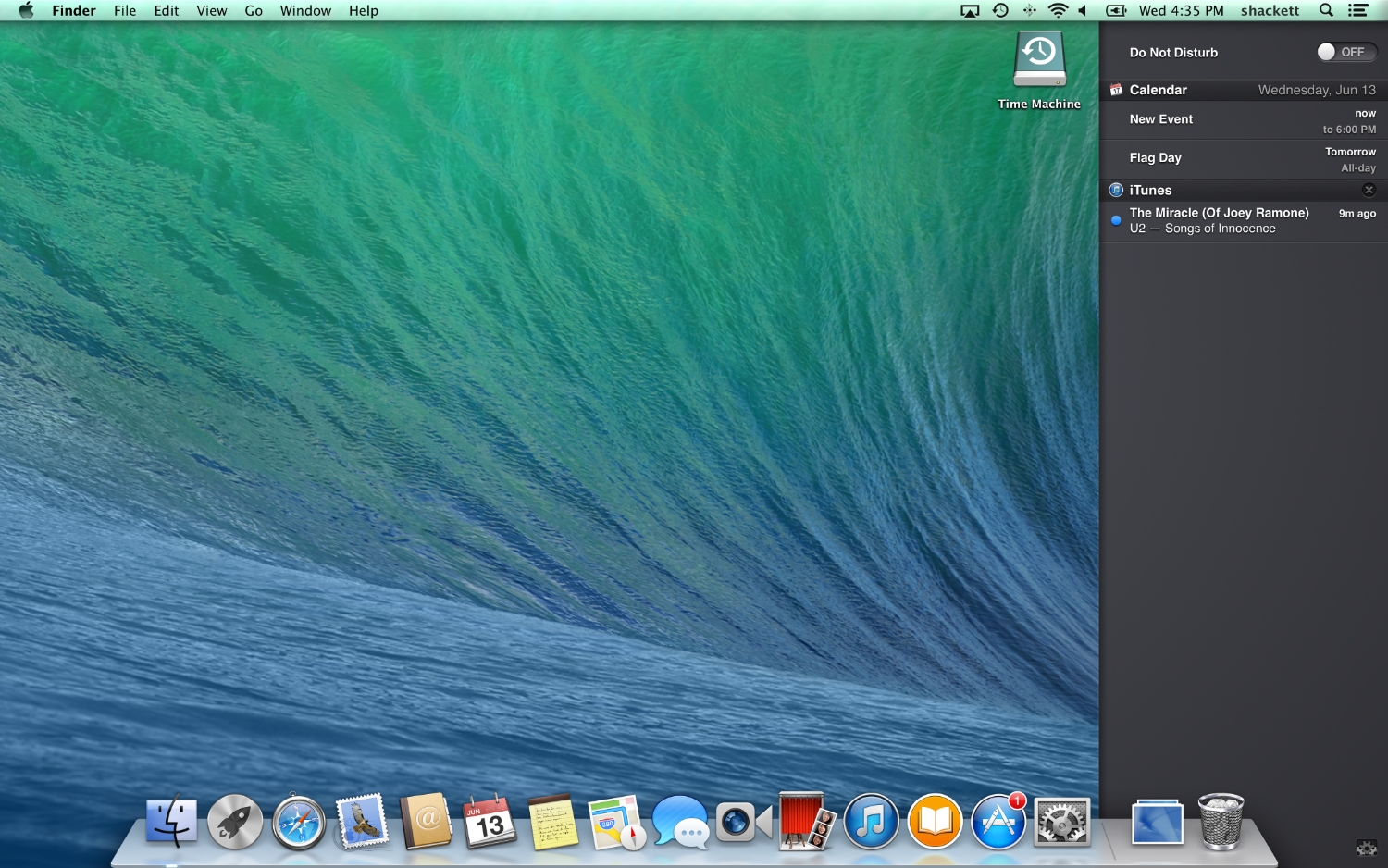
Restart your iMac while holding down Command+Option+O+F. Also you can check it on Disk Utility, select the hard drive - right click on it and select 'Information,' and write down the 'Partition Number.'Ĩ. This might be disk1s3 in which case the partition number is 3. an MacOSX DVD or DMG restored to a partion with Disk utility's restore). Determine the partition where your bootable image it situated (e.g. Then drag the appropriate partition (in my case, the USB external drive) to the destination field.Ħ. Select the Restore tab of Disc Utility and drag the Disk Image (or the DVD in case you have an external drive) for the Installation Media onto the Source field.ĥ.

Once the drive is in the Apple Partition Map scheme.Ĥ. Make sure that the drive is formatted using an Apple Partition Map scheme, not GUID or MBR (you may need to reformat your drive to get it in this form). Select the drive in Disk Utility and then select the Partition tab. Connect your external drive and launch Disk Utility.ģ. Note: you can skip this step and make the restore directly from theDVD - just dragging the DVD into the Source field - explained in step 4.Ģ. In my case I used an external DVD (Dual Layer) drive with the Installation media to make the image - because the system doesn't recognize that drive in the Startup Manager (when I restart it while holding down Option key), neither was listed at System Preferences » Startup Disk.
#Time machine for mac os x 10.4 11 iso
Start by creating the disc image of the installation media (this can be DMG, CDR, ISO or any of the disc image formats supported by Mac OS X).

#Time machine for mac os x 10.4 11 install
This works for PowerPC Macs that don't have a Dual Layer DVD, and you wish to install Leopard using an external USB Drive instead.ġ. After doing a lot of research and trying out some hints, finally I could install Mac OS X 10.5 Leopard on an iMac G5 1.8 GHz, and I would like to share with you the solution that I got.


 0 kommentar(er)
0 kommentar(er)
